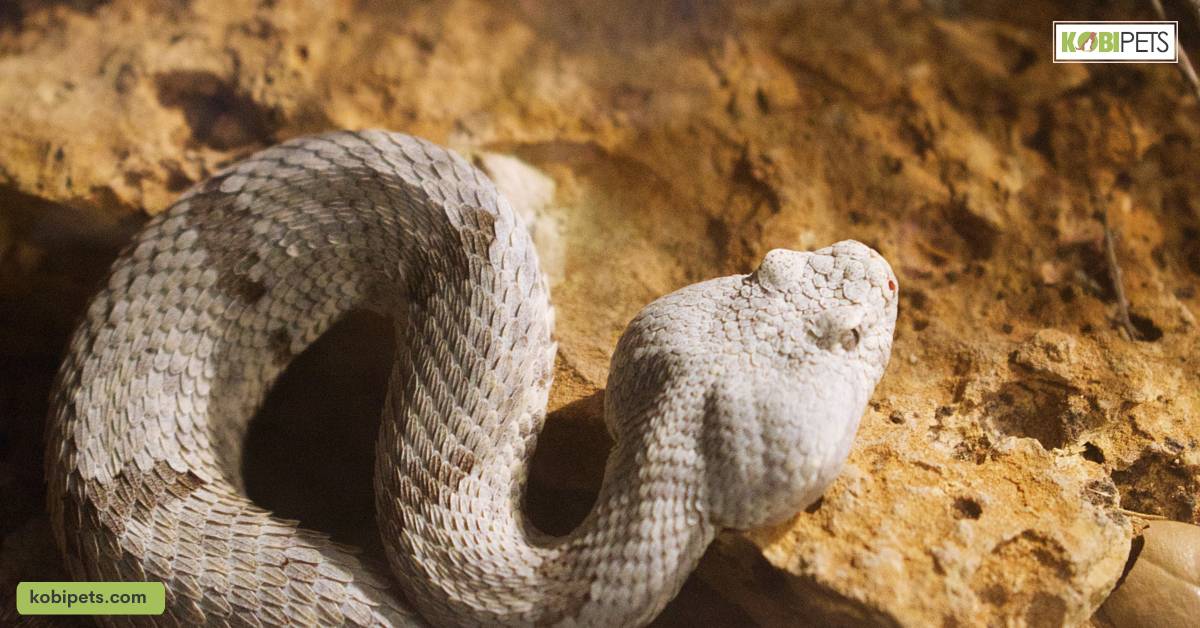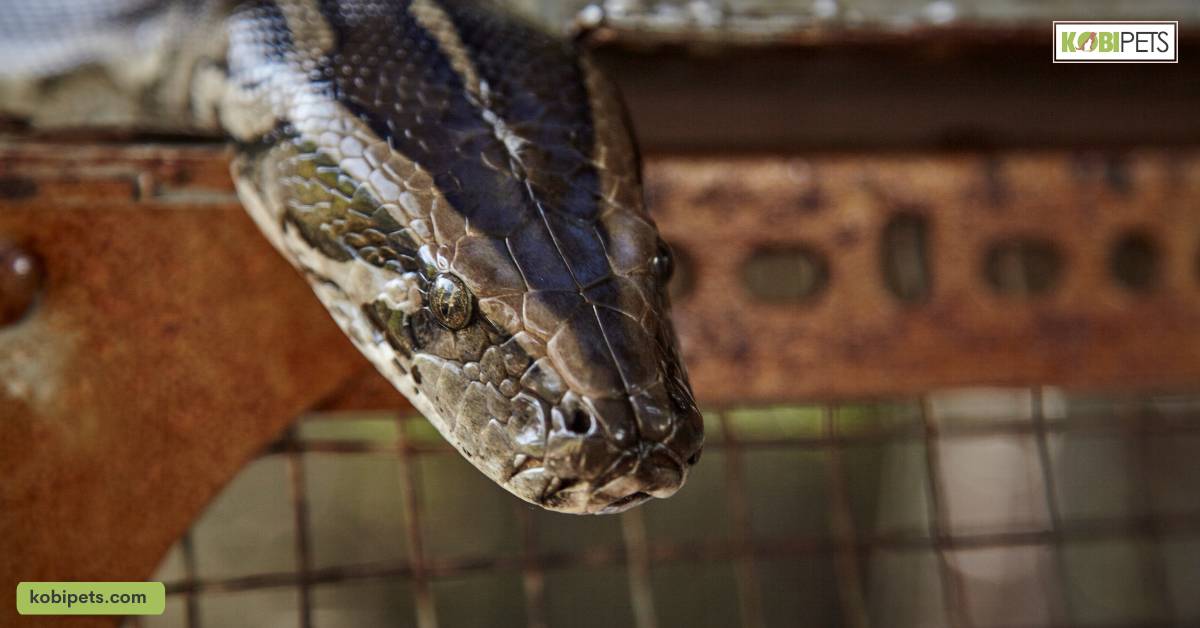If you are thinking of adding a dragon snake to your collection of pets, then you have made an excellent choice. These fascinating reptiles are known for their unique appearance and captivating personalities.
Dragon snakes are unique reptiles that make interesting pets. To ensure their health and longevity, it is essential to create the perfect habitat for them with a suitable enclosure, temperature and humidity levels, hiding spots, lighting setup, proper diet and hydration, gentle handling, and controlled breeding.
Setting up the perfect habitat
Dragon snakes are unique and fascinating reptiles that make an interesting pet. With the right environment and care, they can be healthy, happy pets that bring joy to their owners. Setting up the perfect habitat for dragon snake care is essential to ensure your pet’s health and longevity.
Here are some essential tips to keep in mind while setting up the perfect habitat for your pet:
Choosing the Right Enclosure
When it comes to selecting an enclosure for your dragon snake, keep in mind that it should be at least 20 gallons in size. Moreover, it should be made of a material that is easy to clean and sanitize, such as glass or plastic. An enclosed tank with a lid or screen top is also recommended to keep your pet safe and secure.
Providing the Right Temperature and Humidity
Dragon snakes require a warm and humid environment to thrive. The ideal temperature range for your pet is between 75 and 85 degrees Fahrenheit during the daytime and between 65 and 75 degrees Fahrenheit at night. To maintain the recommended humidity level of 70-80%, you can use a substrate such as coconut husk or sphagnum moss.
Offering Suitable Hiding Spots
Dragon snakes love to hide, and it’s essential to provide them with suitable hiding spots to make them feel secure and comfortable. You can use artificial plants, rocks, logs, or caves to create hiding spaces in the enclosure.
Creating a Proper Lighting Setup
Dragon snakes need proper lighting to maintain their circadian rhythm and physical health. You can use UVB bulbs to provide your pet with the necessary vitamin D3 they need to absorb calcium and keep their bones healthy. Moreover, a timer can be used to ensure that the lighting is consistent.
Feeding and hydration
Feeding and hydration are two of the most important aspects of dragon snake care. Dragon snakes require a proper diet to stay healthy, which consists of live insects such as crickets, mealworms, waxworms, and roaches.
Here’s what you need to keep in mind when it comes to feeding and hydrating your pet:
Choosing the Right Food
Dragon snakes are carnivorous and require a diet primarily composed of rodents such as mice, rats, and even chicks. It is recommended that you feed them pre-killed rodents to avoid any potential harm to your pet. Avoid feeding your dragon snake live rodents, as they may injure your pet.
Creating a Feeding Schedule
Adult dragon snakes require feeding once every two to three weeks, while juvenile snakes require more frequent feeding. It is essential to establish a regular feeding schedule to keep your pet healthy and prevent overfeeding.
Providing Fresh Water
Keep a fresh bowl of water available in the habitat at all times and refresh it daily. Refresh the water even more frequently during hot weather conditions or when your pet is shedding. To ensure your pet drinks enough water, provide a shallow water dish.
Setting up the perfect habitat
Dragon snakes can make fascinating and rewarding pets when handled correctly. While they may not be the most sociable or interactive pets, female dragon snakes are particularly docile and gentle, making them ideal for handling.
Here are some key things to keep in mind:
- Introduce yourself gradually to your dragon snake by placing your hand in front of them and allowing them to approach you. It is important to understand that dragon snakes are shy creatures and may take time to adjust to new people and surroundings.
- Always handle your dragon snake with clean hands as they have a sensitive sense of smell.
- Support your dragon snake’s entire body when handling them to prevent them from feeling anxious or stressed. Pick them up gently but firmly and ensure that their head and neck are supported at all times to prevent them from getting injured.
- Never handle your dragon snake by the tail as they can drop their tail as a defense mechanism. While the tail will regrow, the process is stressful for the snake.
- Keep interactions brief, and gradually increase the time as your dragon snake becomes more comfortable. Avoid handling them for long periods or too frequently to prevent them from becoming overwhelmed and stressed.
Reproduction and breeding
Female dragon snakes become sexually mature between 18 – 24 months of age, while males can breed earlier at around 12 -18 months. However, breeding should only occur when both the female and male are healthy and mature enough for the process, and when you have a viable plan to care for the offspring if breeding is successful.
Breeding should also be done in a controlled environment such as a separate breeding enclosure to ensure the health and safety of the snakes and their offspring. It’s also essential to ensure that the snakes are compatible, as fights between the snakes may cause injuries or even death.
Once mated, female dragon snakes will lay eggs within 30 – 45 days and require a suitable substrate in which to lay them. The eggs must also be carefully incubated in a separate incubator at a consistent temperature and humidity to ensure successful hatching.
Common issues and troubleshooting
Owning a dragon snake comes with its share of challenges. Here are some common issues and troubleshooting tips that every dragon snake owner should be aware of:
| Issue | Possible Causes | Solution |
|---|---|---|
| Refusing to Eat | Stress, incorrect temperature/humidity, illness | Offer a wide range of food choices, adjust the temperature and humidity levels, and seek veterinary care if necessary |
| Abnormal Shedding | Dehydration, malnutrition, incorrect humidity levels | Increase the humidity level, ensure your pet is well-hydrated, and provide nutritious food |
| Respiratory Infection | Cold temperatures, inadequately ventilated enclosure, poor hygiene | Ensure proper heating, proper ventilation, and a clean enclosure, seek veterinary care if necessary |
| Digestive Issues | Inadequate diet, food size, illness | Offer properly sized food, provide a varied and nutritious diet, and seek veterinary care if necessary |
| Aggression | Stress, poor handling techniques, illness | Avoid overhandling, ensure a healthy and stress-free environment, and seek veterinary care if necessary |
If you notice any of these problems with your dragon snake, it is crucial to address them as soon as possible. Providing your pet with a suitable environment that meets their needs can help prevent many common issues.
In conclusion
Proper care for dragon snakes does require some effort and attention to detail, but it is certainly worth the reward of having a happy and healthy pet. Remember to provide a spacious and secure habitat, a varied diet that mimics their natural feeding habits, and consistent monitoring of their physical and mental well-being.
Always seek advice from a qualified reptile veterinarian and do your own research to stay up-to-date on the latest best practices for dragon snake care. With dedication and patience, you can ensure that your dragon snake thrives and remains a beloved companion for years to come.
















